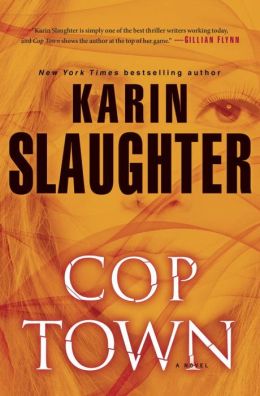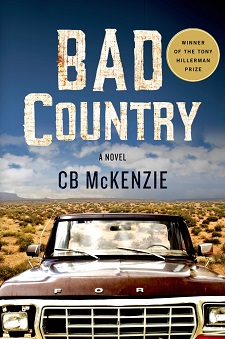
Readers know that oftentimes the location of a novel becomes as important a character any fictional person.
When you think of Michael Connelly, you think of Los Angeles. Sara Paretsky’s V.I. Warshawski is forever linked to Chicago. Baltimore is as much a part of Laura Lippman’s novels as is her P.I. Tess Monaghan. Randy Wayne White’s Doc Ford “owns” Florida’s Gulf Coast.
I’ve been thinking about a novel’s location a lot lately as I prepare for the panel I will be moderating during the Edgar symposium. The panel is, you guessed it, on location.
The four authors on the panel each write about a different locale and each is up for an Edgar Award.
Tom Bouman, Best First Novel nominee, writes about northeastern Pennsylvania in Dry Bones in the Valley.
CB McKenzie, Best First Novel nominee, focuses on Arizona in Bad Country.
Karin Slaughter, Best Novel nominee, showcases Atlanta in her 16th novel Cop Town.
Lisa Turner, Best Paperback Original nominee, takes us to the various parts of Memphis, Tennessee, in The Gone Dead Train.
First, I want to wish each of the nominees best wishes.
Reading and, in a couple of cases, re-reading these novels, reinforced how well each of these authors showcased the area they are writing about. Each writes about an area that has been explored before in crime fiction, yet each brings a fresh perspective.
Each of these authors shows how location affects their characters. In addition, an area’s economic situation, its isolation or proximity to urban areas, and even the weather are part of the location and also inform the characters.
For example, Bad Country doesn’t just show beautiful vistas. The empty areas provide an easy path for illegals and drug traffickers to enter the country. And the main character lives in the only habitable dwelling in the remnants of a planned community in an area appropriately called The Hole.

The community in Dry Bones in the Valley is grappling with the steady encroachment of gas drilling, which will bring new wealth and erode neighborly trust.
The Gone Dead Train takes us to some of the poorest areas of Memphis, where many people are squatting in vacant homes.
Unlike Slaughter’s ongoing series about Sara Linton and Will Trent, the author sets Cop Town during the 1970s when Atlanta was just starting to show signs of economic growth. Cop Town shows how women were taking their rightful place in the police department, and faced overwhelming resistance. In Cop Town, it seems as if the male cops want to punish the women cops by sending them to poorest areas.
We are going to have a great time during the panel. Come if you can, and if you can’t, happy reading.


